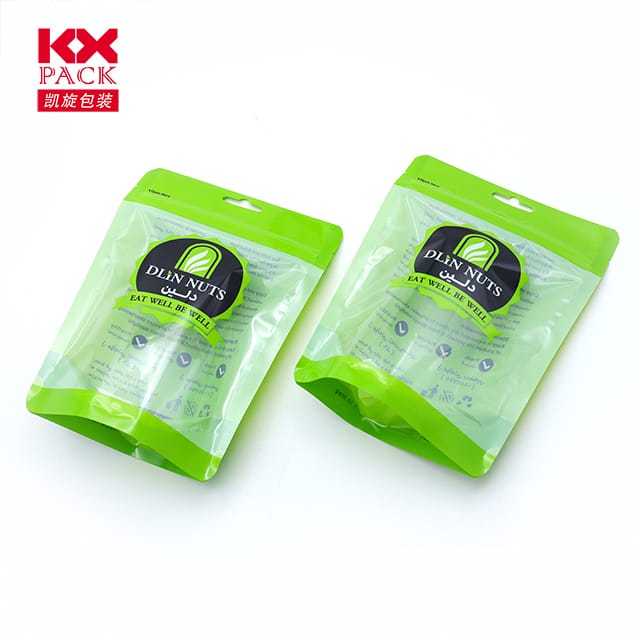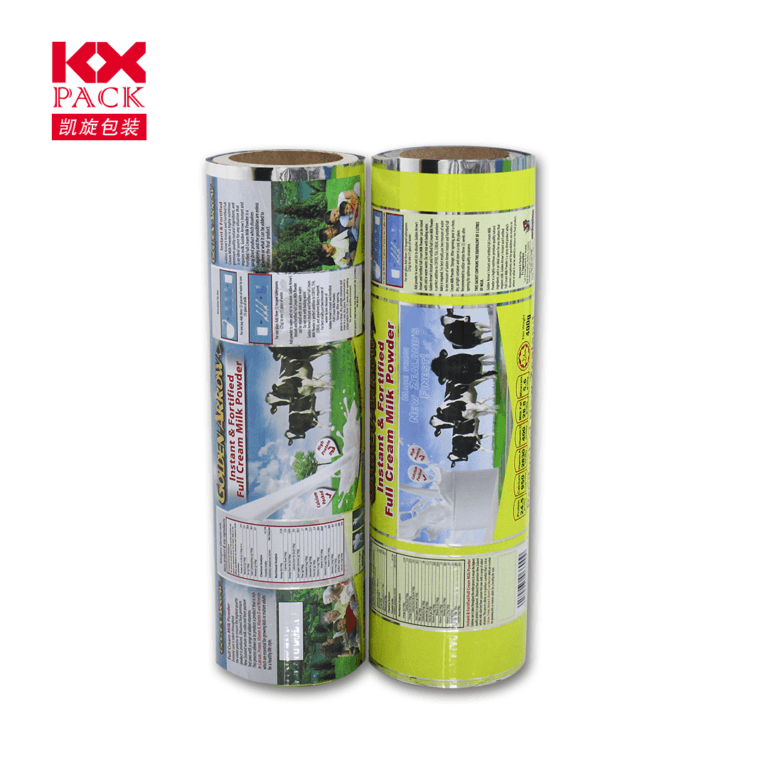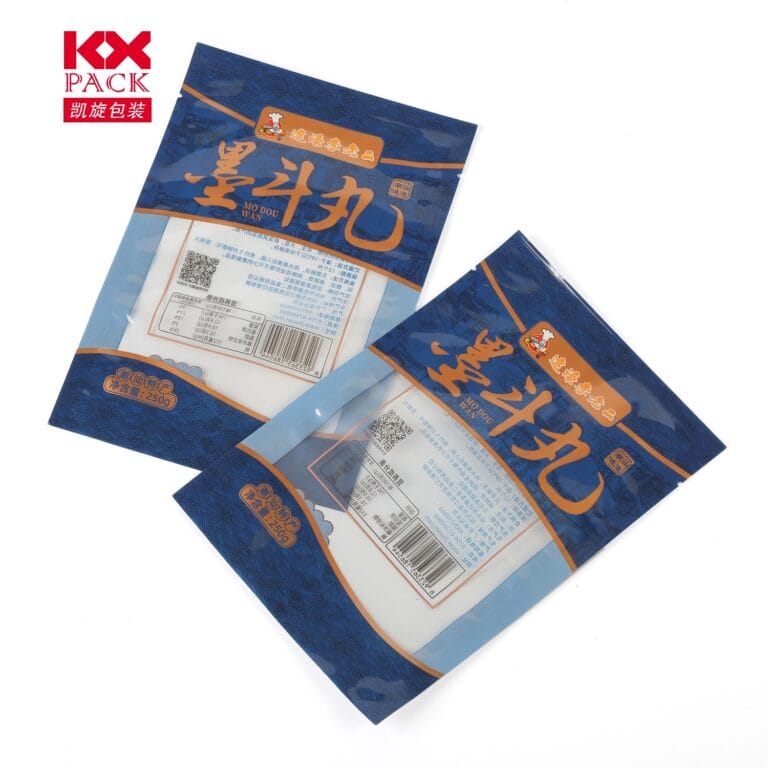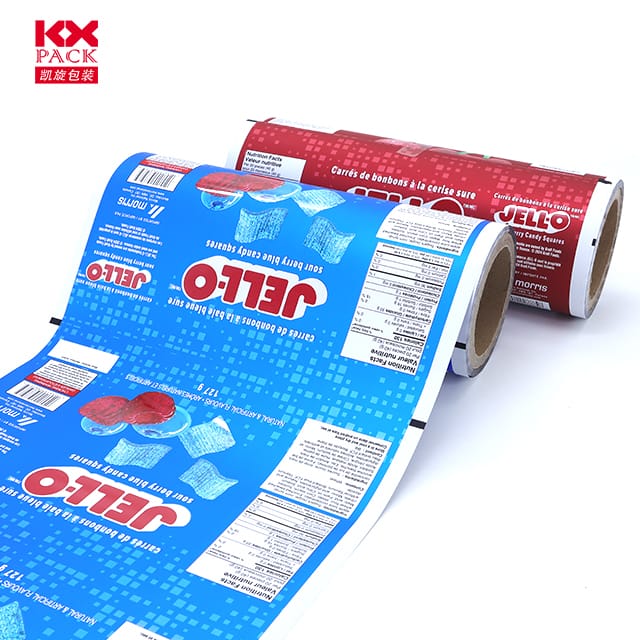食品包装におけるフレキシブルフィルムの進化と影響: A Sustainable Revolution(3)
柔軟な映画
今日のペースの速い世界では, food packaging is no longer just about containment—it’s a science that balances preservation, 利便性, そして持続可能性. この変革を推進するイノベーションの中には, 柔軟な映画 have emerged as a game-changer in food packaging. 軽量, 汎用性, and adaptable, these materials are reshaping how we protect, 輸送, and consume food. Let’s dive into why flexible films are revolutionizing the industry and what their future holds.
フレキシブルフィルムとは?
Flexible films are thin, pliable materials made from polymers like polyethylene (PE), ポリプロピレン (PP), ポリエステル (ペット), and biodegradable alternatives such as PLA (ポリラトン酸). These films can be laminated, coated, or printed to create packaging solutions tailored for specific food products—from snacks and fresh produce to frozen meals and beverages.
Their key advantages? Lightweight construction reduces shipping emissions, customizable barrier properties extend shelf life, そしてflexibility allows for efficient use of space in packaging designs.
Why Are Flexible Films Dominating Food Packaging?
- Enhanced Shelf Life
Flexible films can be engineered with oxygen, 水分, and light barriers to prevent spoilage. 例えば, high-barrier laminates keep coffee fresh, while modified atmosphere packaging (地図) films extend the shelf life of meat and cheese. - Sustainability Gains
Traditional rigid packaging often uses more material and generates higher waste. Flexible films, by contrast, require fewer resources to produce and transport. さらに, advancements in recyclable and compostable films (例えば。, bio-based PLA or mono-material PE structures) are reducing plastic pollution. - 利便性 & 革新
Resealable zippers, 破れやすい開口部, and stand-up pouches make flexible packaging consumer-friendly. Brands like snack companies and ready-meal producers leverage these features to enhance user experience. - コスト効率
Lighter materials mean lower shipping costs, and the ability to form-fill-seal (FFS) on high-speed machinery boosts production efficiency.
課題 & 先の道
彼らの利益にもかかわらず, flexible films face hurdles:
- Recyclability Complexity: Multi-layer laminates (例えば。, PET/AL/PE) are hard to recycle.
- Consumer Perception: Some still associate plastics with waste, even if innovations like chemical recycling or compostable films exist.
地平線上のソリューション:
- モノマテリアル構造: Using a single polymer type (例えば。, オールペポーチ) improves recyclability.
- 生分解性フィルム: Made from renewable resources, these break down naturally, スケーラビリティは依然として課題ですが.
- スマートなパッケージング: Integrating sensors or QR codes into films to track freshness and reduce waste.
未来は柔軟です
The global flexible packaging market is projected to reach$250 10億 2028, driven by e-commerce growth and sustainability mandates. Brands are increasingly prioritizingcircular design—creating packaging that’s recyclable, 再利用可能, or compostable by design.
As consumers demand eco-friendly options without sacrificing convenience, flexible films will play a pivotal role in bridging the gap. The next frontier? のような革新食用フィルム (海藻やでんぷんから作られる) またはself-healing materials that further minimize waste.
結論
Flexible films are more than just packaging—they’re a testament to human ingenuity in solving modern challenges. By balancing functionality, 持続可能性, and affordability, they’re not just protecting food but also our planet. 技術が進むにつれて, one thing is clear: the future of food packaging is flexible, and it’s here to stay.
What’s your take on flexible films? 以下のコメントであなたの考えを共有してください! 🌱🍱
キーワード: 柔軟な映画, 食品包装, 持続可能性, 貯蔵寿命 , 生分解性, リサイクル可能, 循環経済






